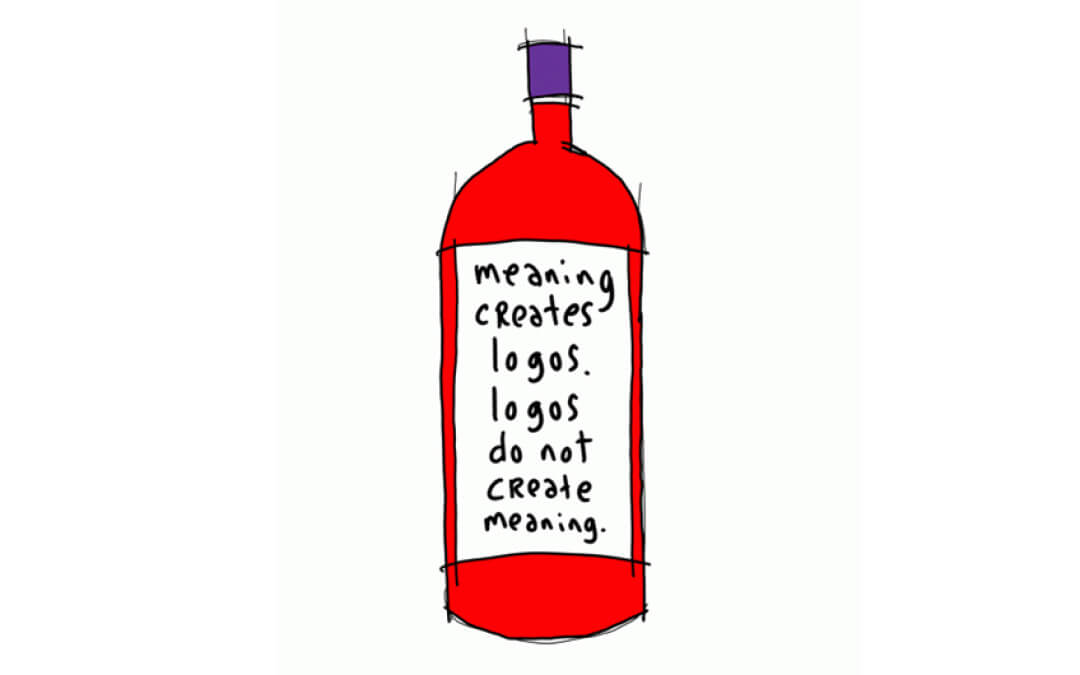Blog

The CEO Challenge – Turning Corporate Vision Into Reality
The corporate vision statement We’ve written before about the gaps between what business leaders believe and what their employees think when it comes to the company’s corporate vision and values. Today we’d like to explore another gap. This is the gap between what the CEO sees as the company’s vision, and what employees are doing to help achieve that vision – often referred to as the Corporate Vision Statement. In some cases, the gap exists simply because employees haven’t been informed of the vision. As such, they are left to their own devices, pulling the...
Read more >
Why Workplaces Aren’t Meaningful Now
Third in our Meaningful Workplace series. Disillusioned by the age of conspicuous consumption, worried by the state of the planet and its people, rocked by war, corruption, and financial crises, and immersed in a swirl of information, news, opinion, and gossip, people are searching for meaning in their lives. Today they feel a need to align with people, ideas, and companies that make them feel they’re part of something bigger than themselves. People are seeking a sense of purpose, a reason for being, and the answer to the question, “Why is this good?” Today their idea of good is shaped by an...
Read more >
Fast Forward: Our New Offering for High-Growth Companies
Developing Fast Forward, an agile marketing, branding, and business offering was the right thing for our team to develop for startups, to address the issues startups are facing right now. We have created Fast Forward designed for our high-growth clients that need to make strategic shifts to quickly address product, industry, competitive, alignment, and other issues. Fast Forward is an agile workshop approach that very quickly develops a strategically aligned and nuanced understanding of your business and brand’s current situation. We bring the most important issues to light — business...
Read more >
Make Purposeful Brand Resolutions in 2016
The New Year is the perfect time to step back and create impassioned and attainable brand resolutions. What do you want to achieve in 2016? Look back on 2015 and reflect on your business. What were your greatest successes and biggest challenges? How can you live your brand promise in 2016? How can you build your brand to flourish? Emotive Brand wants to add some inspiration and purpose to the start of your 2016. We’ve asked top business executives across varying industries to share one piece of advice about managing a brand and driving business. Our advice: read up. “Managing your brand is a...
Read more >
Getting Employees to Respond Positively
Getting Employees to Respond Positively is the second in a series on Meaningful Workplaces. Meaningful Workplaces are built by companies that aim to produce a more meaningful outcome from, and for, their people. To become meaningful, these companies adopt a new stance vis-à-vis their relationship with their employees. They strive to reduce the distance that’s been imposed through organization structures and prevailing attitudes. They seek stronger emotional connections up, down, and across their enterprise. They see their task as making their company fit for the future by making it fit for...
Read more >
Is Your Brand Ready for 2016?
The New Year is the perfect time to reflect and renew your brand’s focus. It’s not about resolutions. It’s about looking back on this past year of business and checking the alignment of your brand and business strategy. What things should you focus on in order to ready your brand for 2016? We want to offer some purpose-led inspiration and advice on preparing your brand for success in the New Year. Here are three focus points to consider before you take the year by storm: 1. Make Meaningful Measurements Take a moment to consider what you’re measuring and why. Ask yourself, do existing...
Read more >
The Key To Better Engaging Your Employees
The workplace is in crisis. And engaging your employees is not easy. Workers are not engaged. Productivity is down. Morale is low. Many employees obviously don’t see the point of what they, or their employer, are doing. How can a business turn the tide of employee dissonance? How can it become fit for a future that’s bound to be more competitive, complex, and commoditized? How can it connect with people who are no longer blindly accepting corporate propaganda — people who are more “we” than “me” focused? People who are more discerning about the ideas, products, and brands they buy into, the...
Read more >
Does Your Brand Exude Meaning?
An emotive brand can’t simply advertise its way into being meaningful. It has to exude meaning at every opportunity. All too often brands seeking to appear more meaningful rely purely on tactical communications like an ad campaign. We are as likely as anyone to say, “that’s nice” after viewing an emotional commercial or a touching video on a company website. There’s nothing wrong with that, is there? Well, there can be. Sadly, these brands often come off as being superficial. They wear their feelings on their sleeves. And they use advertising to claim to be something...
Read more >
The Human Dimension of Law Firm Branding
Law firm branding is not easy. I find it ironic that many of the most people-driven enterprises in our economy – law firms, architecture, consulting, and engineering firms – are often the most superficial with branding. For most professional service firms, “branding” is only about logos and color palettes. It seems branding’s only goal is to project a serious, professional, and trustworthy identity. Unfortunately, this limited view of branding leads most professional service firms to the same bland destination. Indeed, the Internet is littered with the drab, me-too,...
Read more >
Your Emotions Are Shaping Your Thoughts
I can imagine two ways you might be feeling as you read this. If you’ve never before heard about, or experienced, the thinking of Emotive Brand, you may feel a tad skeptical as you read this. After all, you have no reason to trust what you’re about to read. On the other hand, if you do know about us, and have perhaps worked with us in the past, you probably feel more comfortable as you read. Deep down you probably have some expectations about what this experience will be like, and the hope that the connection you feel will be strengthen as a result of the time you invest with us...
Read more >Wishing You a Lite & Brite Holiday Season
This holiday season, we wanted to shed light (or in this case, lite) on our abundant holiday spirit and illuminate all that we hold dear – playfulness, bold design, teamwork, creativity, and a desire to make all brands glow with promise and purpose. We hope this video adds a bit of brightness to your day. Call us lite-brite fanatics or nostalgic kids, but we believe in the little bit of promise held in each single peg. The promise of light, of building something new, of fresh beginnings. This holiday, the world is yours. Dance in the light. Blast music. Build things. Play games. The holidays...
Read more >
Inspiration from Purpose-Led CEO of Givesurance, Jennifer Rasiah
We had the pleasure of sitting down and speaking with Jennifer Rasiah, founder of Givesurance and the Emotive Brand epitome of a purpose-led leader. Starting as a claims evaluator at Prudential Financial and working her way up to Senior Executive at Hub International, Jennifer had 15 years of experience in the insurance industry under her belt when she decided to make a change. A meaningful change. She wanted to make a real difference in the world and saw an opportunity to leverage her deep knowledge of the insurance industry and her innate desire to give back. So, Jennifer created...
Read more >
Transforming Business: An Empathetic Approach
There are many factors that add meaning and purpose to a brand, and they all stem from a single source: empathy. Empathy is the ability to walk in another person’s shoes. That is, to see and experience the world from a perspective different from your own. Here we explore how empathy plays a vital role in shifting brands from a bland and vulnerable position, to one that is robust in meaning and purpose. Empathy as a driver of brand strategy When you’re close-in to a business’s daily operations it’s hard to see how your brand is perceived by the people you serve, both as customers and...
Read more >
The Meaninglessness of Logos as Brands
Hugh McLeod once again hits the nail on the head with this cartoon. Logos only have value when people associate something they value with them. A logo alone does not convey meaning. When a company, product or service has an established brand promise and a meaningful way of being, people start to ascribe that meaning to the logo (and the company, product or service behind it). A brand promise matters when it relates to the needs, beliefs, interests and aspirations of people, and promises to make their lives better and more gratifying. A brand promise matters when it creates positive feelings...
Read more >
Can Your Brand Tell An Employer Brand Story Like This?
We’re willing to bet that more C-suite bottoms sit on Herman Miller chairs than any other brand chair. We’ll also go as far as to bet that a majority of those well-seated C-suiters would have a hard time telling an employer brand story as compelling and meaningful as Herman Miller’s. As they say in their videos, Herman Miller is more a company you work with, than one you work for. You may say, we just don’t have such a great story to tell. And we would say, “You don’t? Really?” We think you probably do more good than you’re aware of, because...
Read more >
